Modeling
BHEF has pioneered the application of simulation modeling to better understand the U.S. education and workforce ecosystem. This unique process allows us to build tools that will help meet the United States’ needs for college graduates with more robust skills in high demand fields and science, technology, engineering, and mathematics (STEM).
BHEF’s simulation modeling offers insights for how business and higher education can address a variety of workforce challenges around how to improve students’ college persistence and graduation in high-demand fields, how to develop well-educated employees needed by employers, and how to retain them in the workforce. For example, the Aligned Workforce Model suggests that increasing our focus on in-demand skills will improve productivity and reduce income inequality. These insights can help shape what programs, interventions, and policies business and higher education support in their efforts to strengthen the ecosystem.
More about each of BHEF's four simulation models are below.
Released in 2014: The Aligned Workforce Model
The Aligned Workforce Model is designed to shed light on misalignment between education production and workforce needs, and to offer solutions that could improve the outcomes we all care about. In particular, it helps to explain many of the challenges we see in the workforce today and asks what would happen if we created policies that align the education and workplace systems.
Model Resources
Earlier Models and Research
The U.S. STEM Undergraduate Model ®
This model suggests evidence-based pathways to scale the highest-leverage education strategies for increasing the STEM workforce. It simulates the impact of policies and programs in K-12 and higher education on the number of STEM baccalaureate degrees, including targeting interventions on groups most likely to leave STEM majors during the first two years of undergraduate study. Decision-makers can use the tool to simulate the impact of singular and combined strategies to improve STEM education.
Run the model on Forio.
The U.S. STEM Education Model ®
BHEF’s original application of system dynamics was developed in 2007 through the leadership of BHEF member William H. Swanson, chairman and CEO of Raytheon. Swanson commissioned a team of Raytheon engineers to create the first-of-its-kind system dynamics model to help policymakers, educators, and researchers map the complex structure of the U.S. STEM education system and identify potential solutions that could help strengthen student outcomes in STEM. Raytheon’s engineers created the first generation of the model, which the company donated to BHEF in 2009.
Run the model on Forio.
Learn and Earn Model ®
This system dynamics model is designed to explore the effect of employer and postsecondary education partnerships, also known as "Learn and Earn" programs, on workforce outcomes, along with a case study describing the project. This innovative model enables users to explore how current workload, desired workforce expansion, and participation in Learn and Earn programs affect workforce composition, employee productivity, and employer benefits, employing a tool rarely used in analyzing education and workforce issues.
Run the model on Forio.
